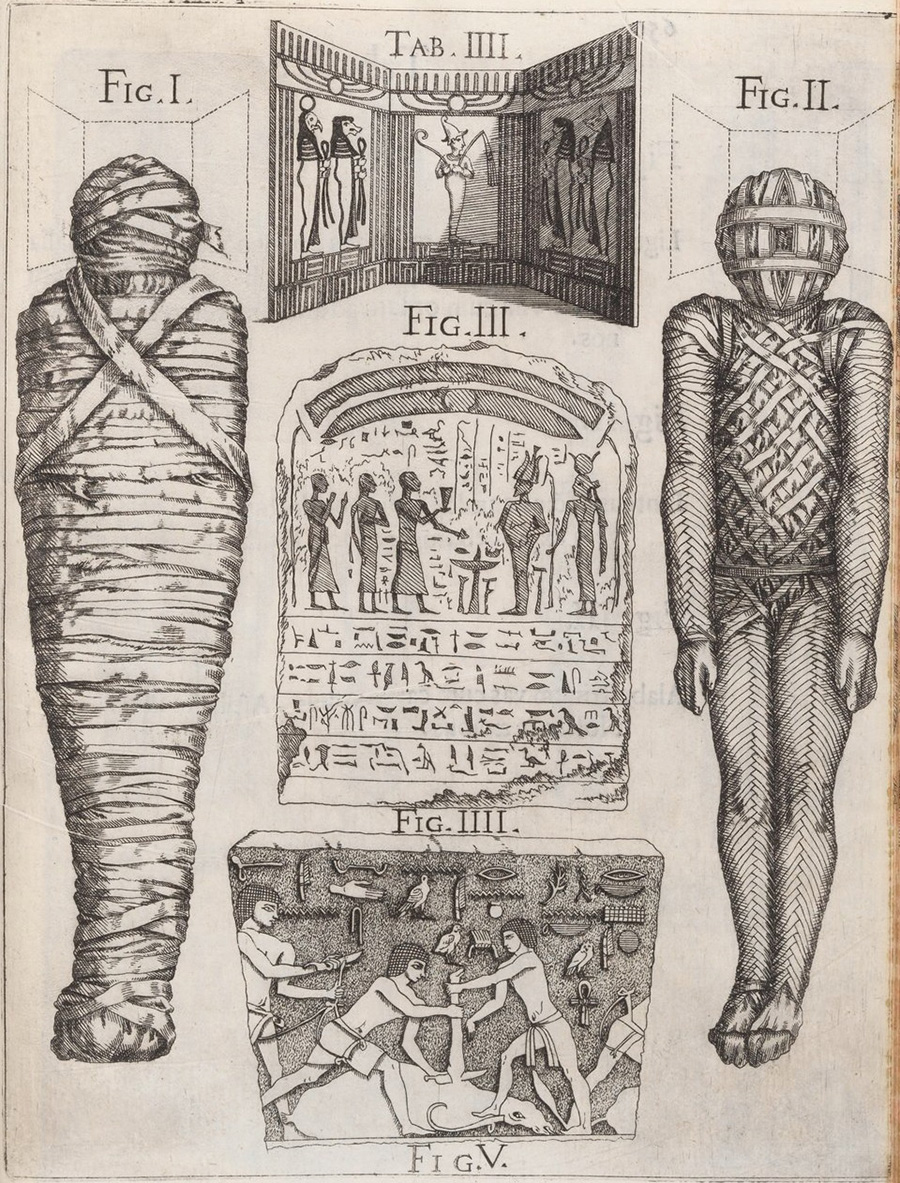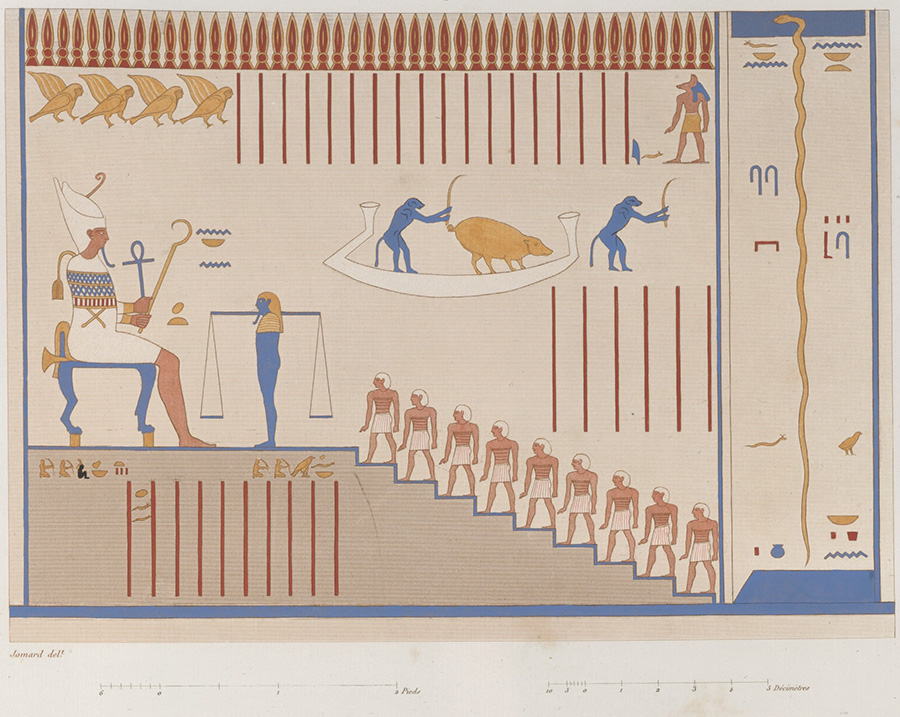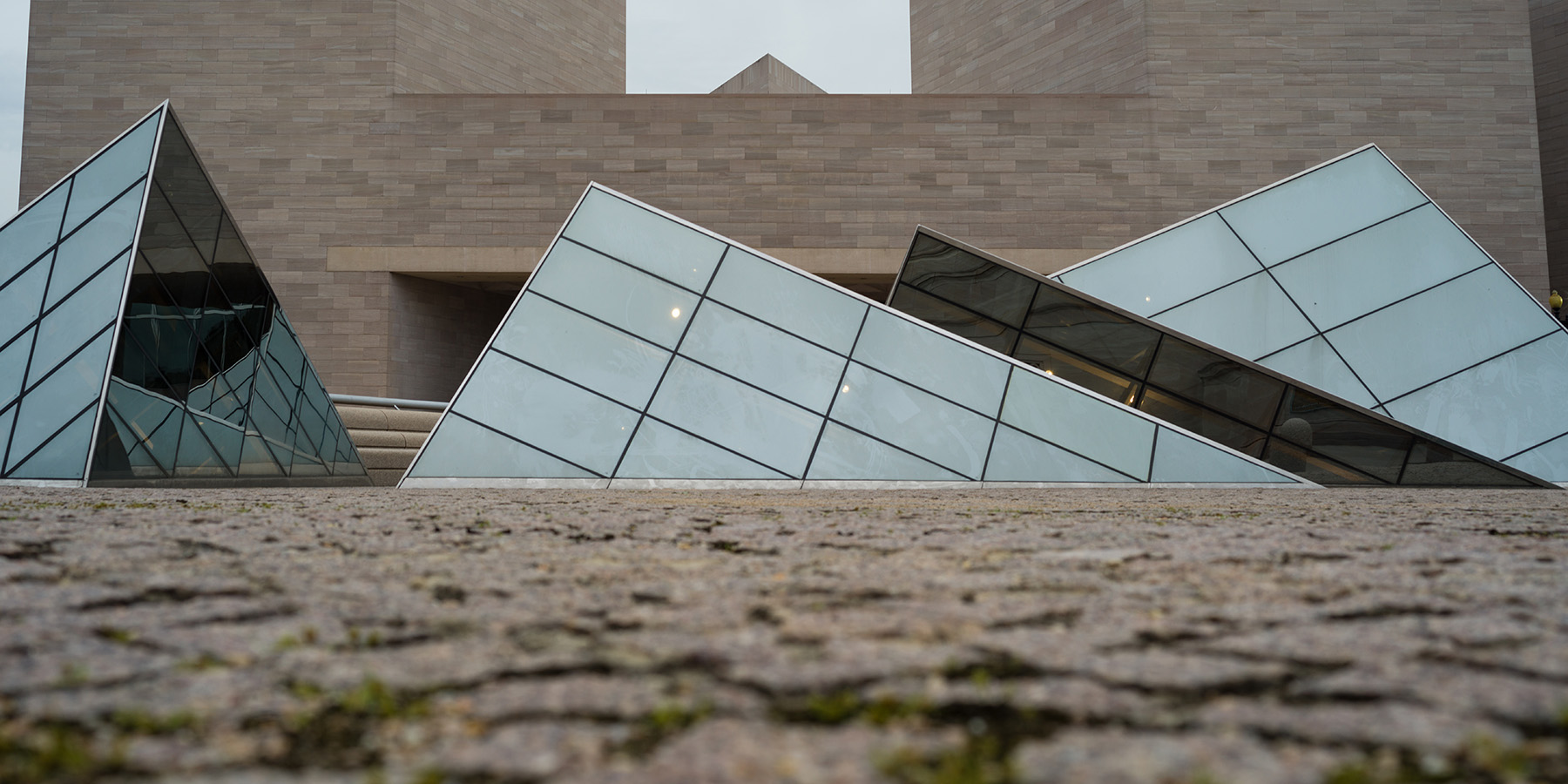Rune Nyord
Genealogies of the Ancient Egyptian Afterlife in Modern Thought
The main objective of my Samuel H. Kress Senior Fellowship was the completion of a book manuscript exploring the history of the modern understanding of the ancient Egyptians’ afterlife beliefs. The overall argument of the book is that fundamental ideas in the modern interpretation of Egyptian mortuary religion have roots in early modern and 19th-century European intellectual frameworks, and that these were in place well before Jean-François Champollion’s decipherment of the Egyptian hieroglyphs in 1822 gradually began to give access to ancient written sources and indigenous conceptualizations. These ideas became entrenched through the middle of the 19th century, when ancient Egypt was mobilized on numerous occasions in theological, colonial, and scientific debates encouraging scholars to focus on (mainly negative) parallels with contemporary ideas. This resulted from a narrow and carefully selected canon of images and a general lack of engagement with extant ancient texts.

Giovanni Batista Balatri(?), Funerary objects from the collection of Giovanni Nardi, 1647, printed engraving, from G. Nardi, Titi Lucretii Cari De Rerum Natura Libri Sex. Vnà cum Paraphrastica Explanatione, & Animaduersionibus (Florence, 1647), pl. 3
The book shows that such concepts as the ethical judgment of the dead and the quest for eternal life in fact owe more to 19th-century models derived ultimately from early modern expectations than to Egyptian sources. More importantly, as the written and material sources were increasingly understood, they were largely fitted into this conceptual framework instead of being used to question or nuance it. In this way, many of these ideas were carried over into the modern discipline of Egyptology and to a wide extent are still with us today, not just in introductory textbooks and outreach communication, but also in specialized research.
Two main turning points are identified in the history of the Western notion of the ancient Egyptian afterlife. The first follows the advent of the printing press in Europe in the 15th century, which made the writings of classical authors like Herodotus and Diodorus Siculus available to European scholars interested in explaining observable ancient Egyptian practices such as mummification and the construction of enormous funerary monuments. Classical authors were not just passively accepted as authorities; rather, their narratives were negotiated against expectations largely derived from Christianity, notably that the Egyptians should be occupied by concerns such as judgment, salvation, and eternal life. Notably, while Herodotus describes Egyptian beliefs in a mechanical system of reincarnation—where after death the soul must go through bodies belonging to each animal species in turn—this conception was usually reinterpreted with inspiration from other writings, such as those of Plato, as an ethical procedure where the nature of the soul’s next body was determined by the soul’s behavior in its previous life. Similarly, Diodorus’s description of a ritual where, prior to the funeral, survivors could present grievances against the deceased, the nature and severity of which were used to determine the deceased’s right to be buried, was frequently understood to imply a procedure of divine afterlife judgment along broadly Christian lines. Major events such as the Protestant Reformation tended to shift the emphasis in such interpretations rather than change their substance.

Edme-François Jomard, Detail of the Book of Gates in the tomb of Ramesses VI, 1809, printed engraving, from E.-F. Jomard, ed., Description de l’Égypte, vol. II, Antiquités (Paris, 1809), pl. 83
The second turning point also related to access to a new body of source material, this time in the wake of Napoleon’s invasion of Egypt in 1798, which coincided roughly with a more general empirical turn toward documenting and interpreting primary sources. The images, and in time also texts, made available both by the scientific branch of the invasion itself and by the heightened activity in Egypt it impelled provided a new kind of source for understanding Egyptian religion that could in principle be used to evaluate the conventional framework and the classical authors. In practice, however, my research shows that this new material was not only carefully sifted to focus on specific scenes such as those believed to depict the judgment of the dead, but also tended to be made to conform to the existing framework rather than be used to question or adjust it. While apparently the mid-19th-century rejection of Herodotus’s notion of metempsychosis presents a significant break with tradition, I contend that it fits naturally in a long trajectory of increasing approximation between ancient Egyptian mortuary religion and popular Christian beliefs in an individual, eternal, transcendent afterlife as the reward for a pious life on earth.
Ultimately, the book raises significant challenges to the modern paradigm of understanding ancient Egyptian funerary culture, the main parts of which can be traced directly back to the 19th-century ideas analyzed in it. In particular, it strongly suggests the need for a new framework based on indigenous and coeval concepts and terminology rather than Christian expectations. Originally planned as the second half of a single book tackling the historiography of Egyptology, this challenge is now to be taken up in a separate book project, which the fellowship allowed me to begin outlining after having completed the manuscript of the historiographic volume.
Emory University
Samuel H. Kress Senior Fellow, 2022–2023
Rune Nyord will return to his position at Emory University in Atlanta for the fall semester of 2023 as associate professor in the Art History Department.
